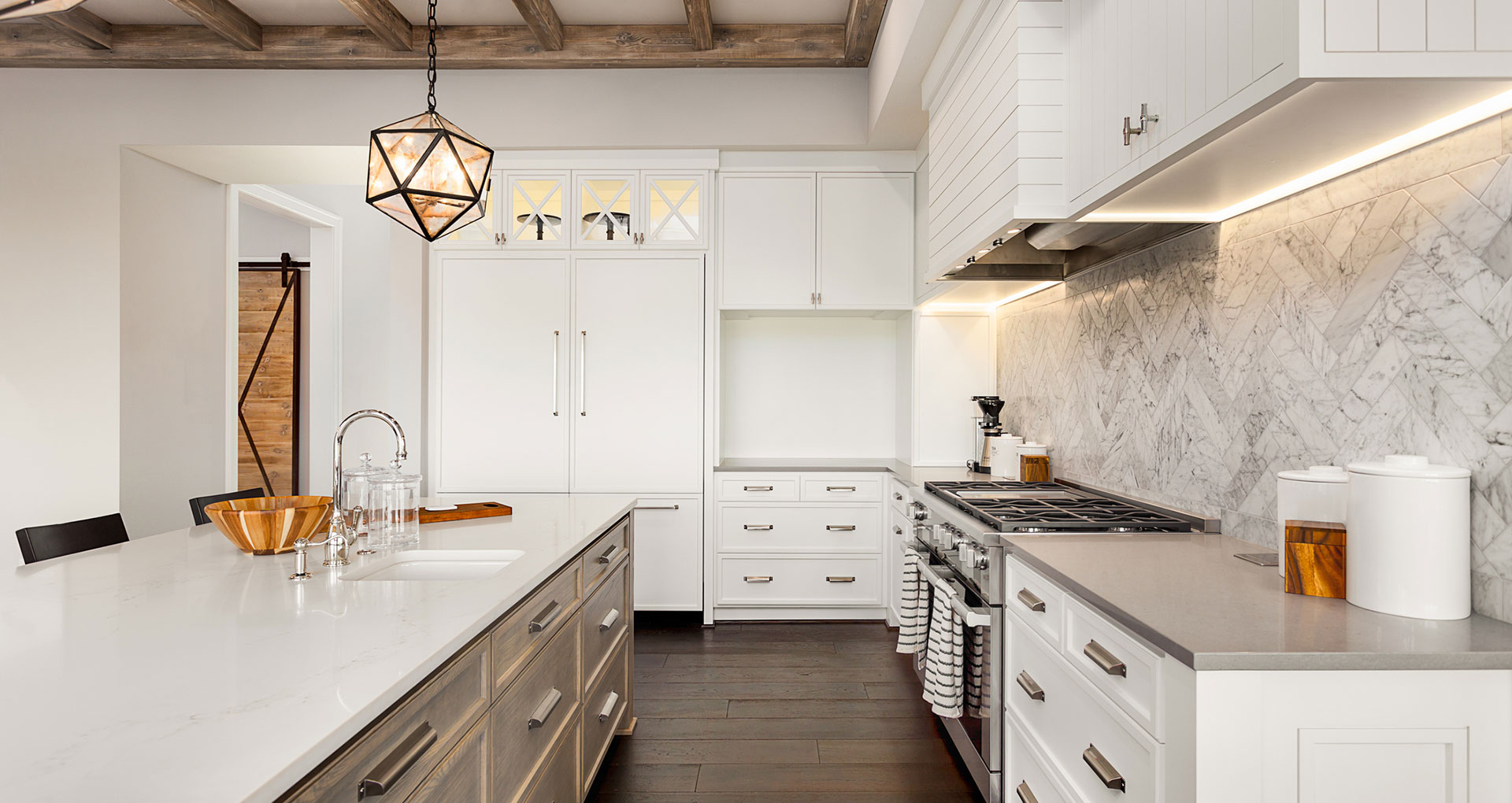With every advancement in construction, we learn more and more about how to build better homes, one component at a time. All of these advancements in home building can make for an extremely complex and confusing decision matrix when building or renovating a home.
One such decision high on the minds of my customers is what type of insulation is best in their homes. This question does not have a simple one size fits all answer due to differing climates where we build. Best insulation practices vary greatly from climate zone to climate zone due to major differences in namely two things… temperature and humidity levels.
Very simply, the goal is to keep the temperature constant inside a home regardless of what the temperature outside does. But, that is easier said than done. The “tighter” we make our homes, the less air exchange there is with the exterior, and therefore the less conditioned air is lost… this translates to a more efficient home…right? Well simply put, yes. HOWEVER, this also can have a significantly negative effect in a climate high in relative humidity and with common heavy rainstorms.
The problem now becomes that once our homes do not “lose” efficiency through air exchange, they also become less and less capable of removing any humidity introduced into the structure. As I have always told my friends and customers, ” It’s not if you have a leak… it’s when.” At some point in their life of a home, it is likely that we will have a leak, either from a roof deficiency, damage, or neglect, or from a plumbing issue.
As that moisture from a leak, or even from extreme high relative humidity is introduced into our walls, it needs a place to escape. When that introduced humidity doesn’t escape, we begin to see a proliferation of mold and degradation of the lumber we use to build.
I believe a careful balance has to be struck between efficiency and breath-ability for our homes. That balance is struck when we have done everything possible to keep moisture out of our homes, we use industry accepted and time proven materials to insulate, and we provide for a method for the escape of moisture from our homes.
I personally prefer using a Blown in Blanket system made of tightly packed fiberglass injected into wall cavities under pressure, combined with an open cell foam applied to the underside of roof decking. This hybrid insulation system has proven to reduce energy consumption in several ways. It reduces loss by air movement, reduces attic temperatures significantly by creating a semi-conditioned space, and it allows air handler units to work in a less harsh environment with fewer temperature extremes. The real benefit though is that it still allows for the escape of moisture out of our walls, caused in part by the simple movement of moisture through osmosis, and also by the removal of moisture by our well-designed air conditioning systems.
While the least likely homes to ever have moisture problems were built many decades ago, they had exactly ZERO insulation in the walls. This feature, or lack thereof, made wood rot and mold nearly impossible, but it also made for an enormously wasteful home and pretty high energy bills.
I’m always happy to take the time to give the client the best of both worlds.


